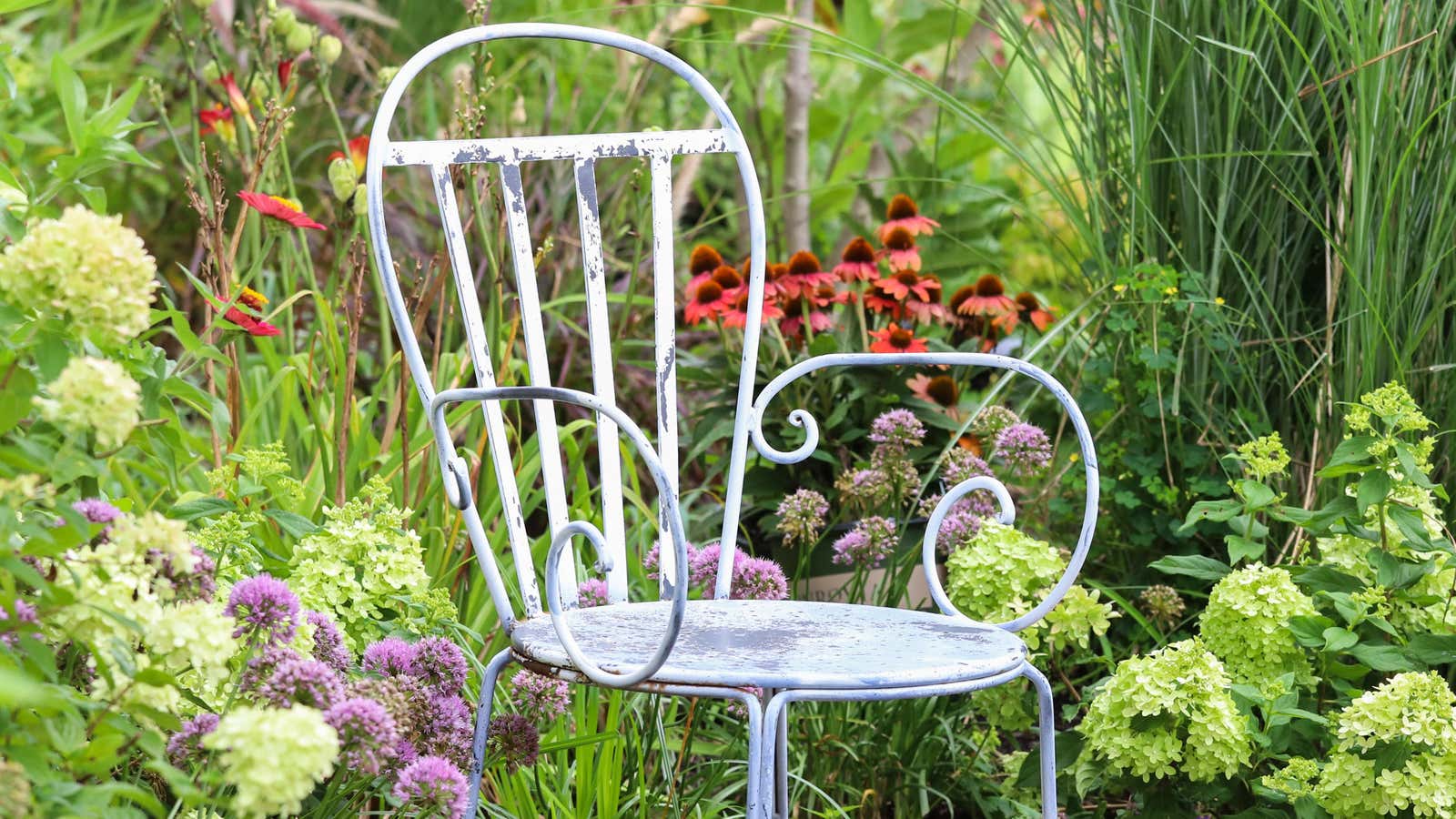Grow Native Plants for a Healthier Garden

When choosing a houseplant, the climate is not considered – a tropical variety is as good for the cold climates of the northeast as a desert shrub in the rainy Pacific Northwest. On the other hand, for your outdoor garden, you might be a little more choosy about what you put in the ground, both for the health of your garden and the health of your local ecosystem.
It goes without saying that different plants will grow in different climates. The USDA even provides a Resilience Zone Map to help you plan a garden that’s right for your area. You can still grow plants that are not native to your area, as long as you take care to create a nurturing environment for them, from changing the PH balance in the soil to providing them with the necessary fertilizers. Or, to relieve yourself of headaches and help the natural ecosystem to thrive, decorate your garden with plants native to your area. Here are the reasons why you should consider planting a natural garden rather than terraforming your yard with alien plants.
How growing native plants helps the environment
Native plants have adapted to their natural habitat throughout their lives, which means they don’t need much help to grow in your garden – they will likely handle the existing PH balance in your soil and will be healthy on the natural nutrients in the earth. … This means you don’t have to implement plant nutrition regimes that can also affect the microbial diversity in the surrounding soil . These plants are also more likely to live without pesticides, preventing potentially harmful chemicals from entering soil and groundwater. In fact, native plants can even naturally attract the insects needed for their sustainable growth.
Regional plants provide food and shelter for wildlife and habitat for insects. Entomologist Doug Tallamy told Audubon that “the local oak trees are home to over 500 caterpillar species, while the ginkgo, a commonly grown landscape tree from Asia, is home to only 5 caterpillar species.” The number of caterpillars affects the number of chicks that will survive in the wild, demonstrating why the choice of native plants is critical to maintaining ecological balance in your area.
How to know which plants are growing in your area
According to the National Wildlife Federation , a plant is considered native “if it originated naturally in a specific region, ecosystem or habitat without human intervention.” The best way to find plants growing in your area is to use the plant locator site. The National Wildlife Federation’s Native Plant Finder site finds plants by your zip code. Once you enter your location, you will see images and descriptions of the plant species found in your area. If you click on each plant, you can also explore the wildlife (mainly birds and insects) that the plant supports. For example, typing a zip code in South Carolina, it was found that the pink mallow hibiscus attracts up to 30 species of butterflies in the area.
To help you find and buy these plants, PlantNative provides a database of local nurseries where you can find plants specific to your area. The site lists nurseries by state, as some of the surrounding states have similar climates.
But before you rushed to buy native plants in the garden, take the time to learn about their ecoregion, about that , as the various species of plants interact with each other and make up their own planting calendar . The EPA provides downloadable maps that provide detailed information on the ecology of various regions, which, when combined with the USDA’s sustainability map, will tell you everything you need to know to plant a garden that will also help your natural habitat thrive.